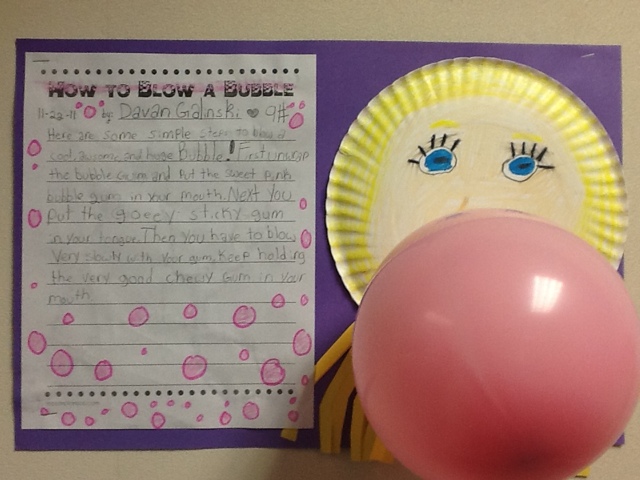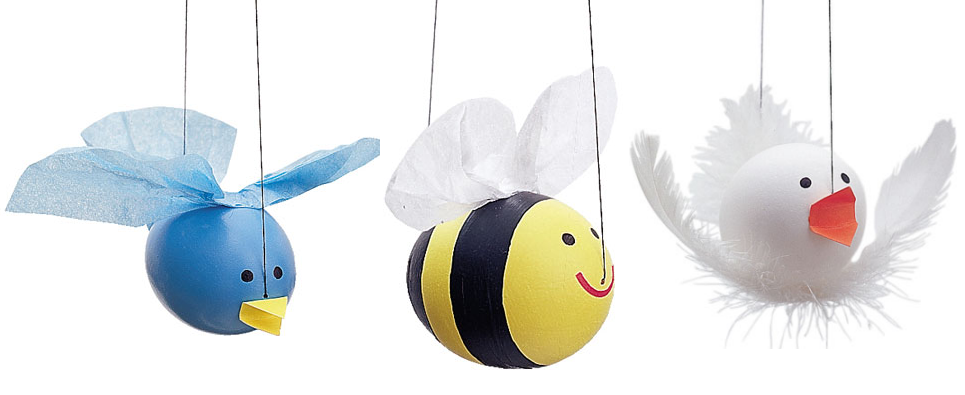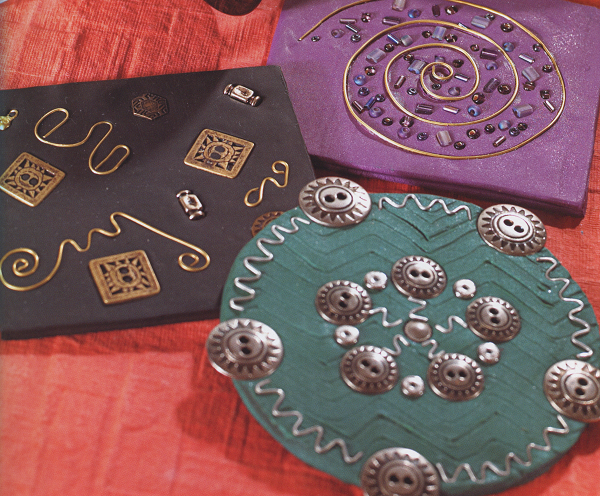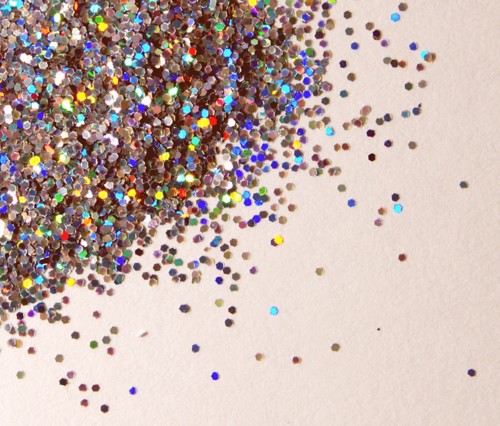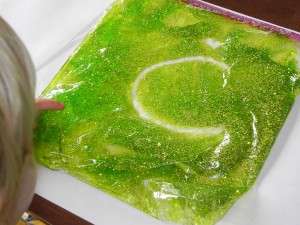Folk art and in particular the art of making craft objects using salt dough has become a very popular hobby in recent years. To get started requires only the minimum of equipment and materials most of which will already be in your kitchen.
These include:
A bowl to mix your dough
A rolling pin for producing smooth sheets of dough
A grater for making decorative imprints on your dough
A garlic press for making strands for hair and foliage
Small pointed knife for cutting and indenting details
An assortment of pastry cutters and molds for decorative shapes found at any kitchenware outlet.
To make your salt dough I have found the following recipe to be a good all round recipe for most projects.
2 Cups of Plain Flour (net self-raising)
1 cup Fine grained plain salt
1/2 cup water at room temperature
Mix the salt and flour in a large bowl and then add the water. Knead the mixture for about 5-10 minutes until it becomes smooth and elastic. Cover with cling wrap to stop the dough drying out and let the dough sit for 30 minutes before using.
Two other recipes that I often use, depending on the project I am working on, include a:
Fine dough for filigree work
2 Cups flour
1 cup salt
100g cornstarch
1/2 cup water
And a Firm Dough for making tiles and plates
2 cups flour
1 cup salt
2 tablespoons wallpaper paste
1/2 cup water
Make these recipes up the same way as the basic recipe.
Fresh dough is best for modeling. However, if you find you have any leftover dough it can be wrapped in cling wrap or an airtight container and stored in a cool place for a few days.
To improve the elasticity of the dough add dry wallpaper paste to the basic mixture.
The addition of 1-2 teaspoons of vegetable oil improves suppleness of the dough and make it easier to work with.
Different coloured dough’s can be made using…
– Food colouring (red, green, blue, or yellow). Two or more food colours can be combined to make different colours and shades or for a marbled dough effect.
– Add spices that act as natural dyes e.g. cinnamon, curry powder, saffron or paprika.
– Add cocoa powder or instant coffee for different hues of brown.
– Wearing protective gloves add a little paint to the mixture then knead the dough until the paint is uniformly distributed through the mix.
The dough is now ready to use and the next step is to shape your project. For flat or rolled projects it is best to roll out the dough straight onto a baking sheet then it can be put straight into the oven. Models or larger pieces can be assembled on a piece of hardboard that has been oiled with vegetable oil to prevent it sticking to the board. When finished and happy with your results you have a choice of Air Drying or baking your project in the oven. Ensuring your projects are correctly dried ensures they will last a long time so it is important that this is not hurried.
Air drying is suitable for flat, small pieces or for colored pieces where baking will alter the color of the finished project.
Oven drying is the most popular method and requires careful attention to accurate temperature control to avoid burning. Bake for approx 2 hours using a low temperature setting 50-70C for the first half hour then increase temperature slowly to 90-100C and cook until the piece is uniform in colour. While baking if any air bubbles appear pierce the bubbles with a pin and gently depress the dough. If the dough starts to darken before cooking is complete, cover with a piece of aluminum foil. The dough is cooked when it hard and sounds hollow when tapped. Turn the oven off and leave in oven until cool. Any burns can be sandpapered off with fine- medium grade sandpaper. An Emery board or small file can be used for delicate or intricate sanding on objects.
Your finished projects can be left unpainted but they must be sealed on all sides with varnish, gloss or matt for protection otherwise they will not last long when exposed to air. When thoroughly dry sand any imperfections. At this stage you can paint your projects then seal with a final coat of varnish. Brightly colored pieces will look more vibrant painted with a glossy finish and neutral muted colors are suited to a matt finish. Using a polyurethane varnish on food colored models instead of water-based varnish helps to intensify the color.
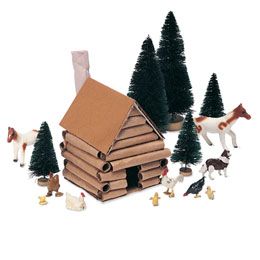 • Craft paper
• Craft paper







